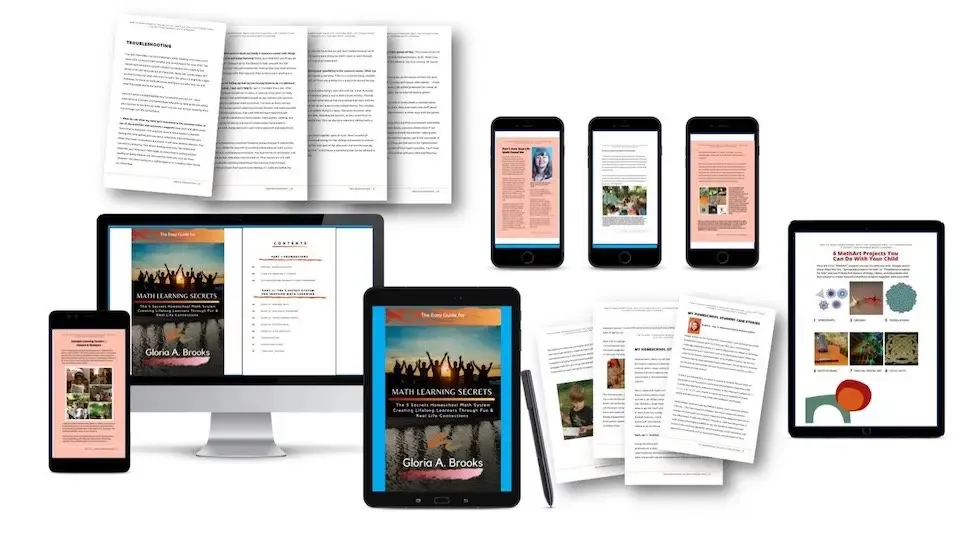10 Tips for Gloriously Relaxed Homeschool Math
Do you get all worked up about homeschool math?
I believe that no other academic subject gets parents more worked up in a fevered sweat like math does.
Our modern public education systems insists on students completing a rigorous no gosh-be-gone "nonsense" math curriculum. There's little room for math learning creativity in most math curriculum.
Math is rarely shown in its real life context in most homeschool math curriculum.
Wouldn't it be a relief if there was such a program that showed the real life connections math has all around us?
There is!
Check out NatureGlo's eScience Math Learning Secrets guide below.
Unless you have a natural talent for math or just do okay in it, modern math learning has become a real mental obstacle course for too many kids.
A Hypothetical Math Stressed Homeschool Mom

At the beginning of the homeschool year, a nervous hypothetical homeschool mom turns and looks at her kids from behind a stacked mountain of math curriculum. She says to her kids with a forced fake laugh, "Okay, kids! Let's all lock hands and hold on tight, don't let go, here we GOOOO!"
Throughout the homeschool year, the mom proceeds to drag her kids through a gauntlet-like year's worth of math curriculum they all hate, including mom. Mom feels trapped and that she MUST use coercive methods to get her kids to slog through the lessons. The kids groan and moan everyday when they're asked to open up their workbooks for the next math assignment.
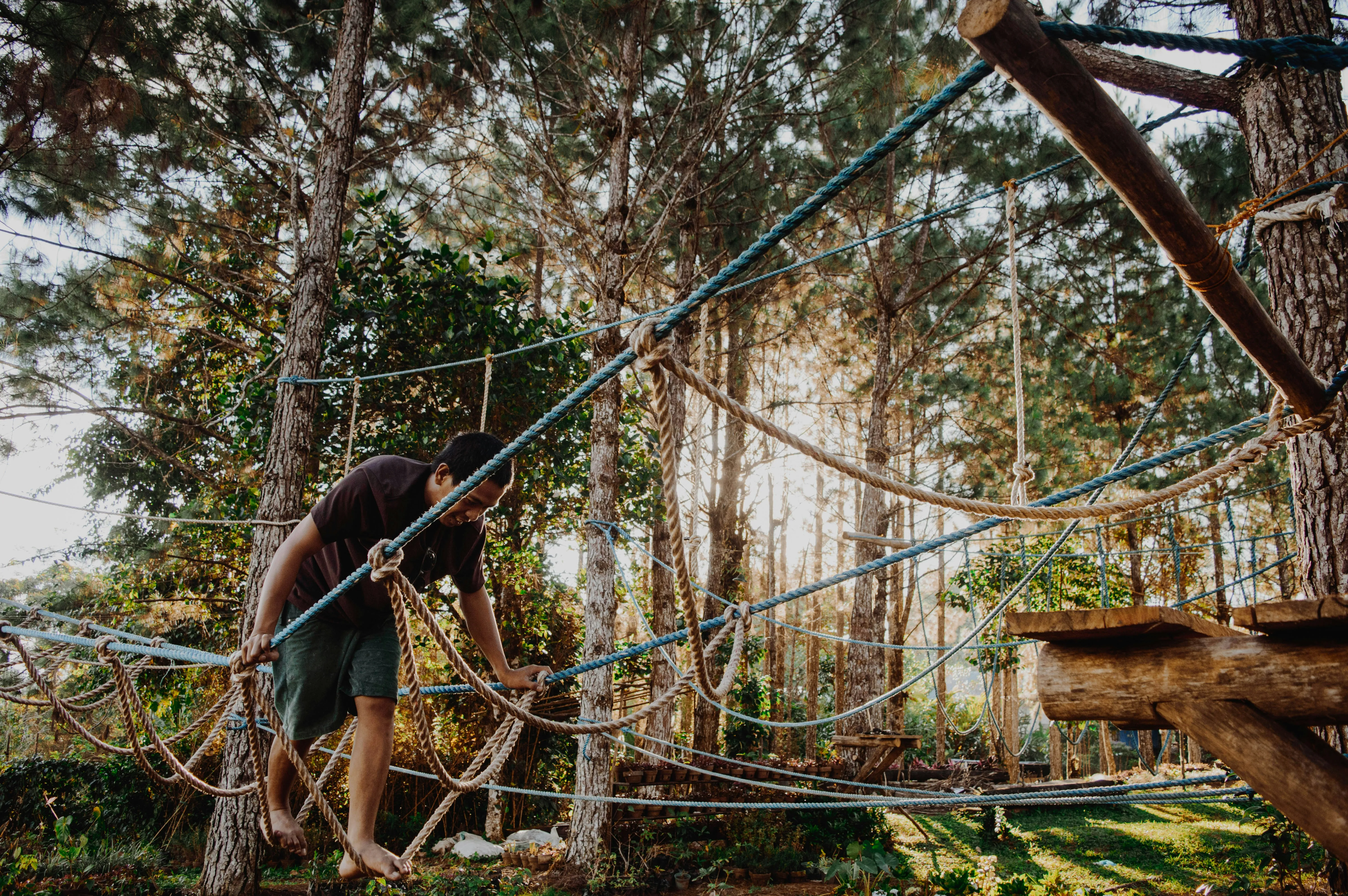
Here's an image that illustrates the idea of pulling kids through a coercive math curriculum like an obstacle course.
After all, wouldn't she be ruining her children's education if they just skipped using unwanted math curriculum?
In a panic, she sometimes switches out math books for another curriculum trying to replace boredom but instead gets responses of frustration from her kiddos. Then she tries to quickly switch out the terror invoking workbooks for something else that yields a more subdued response from the kids, albeit, lack luster learning.
At the end of the homeschool year, mom looks back at her kids who have metaphorically gone through the math curriculum gauntlet and have become a psychological bloody, scratched up, bruised mess mathematically speaking!
They've just finished the yearlong "math obstacle course" yielding a whole slew of math phobias from fear and anger, to boredom on a good day.
Sound familiar?
How to Shift from Math Phobia to Falling in Love with Homeschool Math
Truth be told, since middle school, I had math phobia for the higher maths, most especially algebra. I could not make any sense of it! I got so angry and dreaded algebra so much. In the 7th and 8th grades, I just barely scraped by passing it with a C. My math attitude didn't change much through college.
What shifted for me around math including Algebra was when my friend, a wellness teacher and creative educator, Don Tolman came to my local area and did a series of workshops pointing out how math is found everywhere. He showed us how the Golden ratio, the famed proportion of beauty used since ancient Greece found in Greek art and architecture, is used in art, architecture, technology and more. He showed us nature's most common patterns, fractals (branching), circles, squares, spirals and hexagons.
I was totally wowed by real life math connections that I should have been taught since kindergarten and shown outdoors. Better yet, it would have been great to have been shown all this while I was in diapers!
Below is an image from one of my MathArt journals that I started back in 2003. I had found a beautiful spring Trout lily in a forest in Delaware. I drew its likeness in my journal and proceeded to find its myriad of mathematical connections from shape to number. It was a super fun exercise that also sharpened my seeing and drawing skills.

My MathArt drawing of a Trout Lily's maths, spring 2003.
Don's teachings ignited a love and passion in me for seeing the connections there are in math especially in nature. In 2003, I went on a 7-year photographic journey looking for nature's numbers and patterns and sharing what I discovered in nature with my private school students.
During this time, my students and I fell in love with math found in the real world. From my 7 years of math in the real world research, I eventually created my MathArt yearlong course for homeschool and school kids online in 2011.
Ready for a non-traditional view of math?
Check out NatureGlo's eScience Math Learning Secrets guide below.
10 Tips for Gloriously Relaxed Homeschool Math
Learn to See Math Everywhere!
#1 - Find Math Connections Here and Now
Find math connections right now where you're sitting reading this post. If you're sitting down, notice the dimensions of what you're sitting on. It's all math! Anywhere and everywhere you look, there's math involved. Math can be used to describe anything and everything on our planet and into the cosmos. Invite your kids try the same exercise at home.
Find numbers, geometric patterns, and measurements all around your house. Look at furniture, artwork, carpet, knick-knacks, and toys. Find anything and everything you can related to math. Make this activity into a fun "I spy" game! I spy something red that has four legs that are two feet long each! Oh! I spy, the red chair in the living room!
#2 - Looking at Nature's Patterns

Here's a flower exhibiting radial symmetry with oval petals.
Find Nature's Patterns in Your Backyard. Go outside into your backyard and look around for patterns in nature. Take pictures of them. You can do this activity throughout the day. When the math workbooks get tough, take a break and go look for nature's most common patterns right in your backyard. Some of the most common patterns include fractals (veined), circles, spheres, spirals, and hexagons. Check out this post about How to Create a Patterns in Nature Activities Unit Study For Home or School.
#3 - Deschool Math by Dropping Unwanted Homeschool Math Curriculum
Don't be afraid to veer away from the math curriculum. One of parents' biggest fears is that their kids will miss important concepts in math. But, really, all concepts for math are found right in everyday real life.
Instead of, or, as a supplement to your math curriculum, learn to be a math bloodhound together as a family and "sniff out" division, multiplication, geometry, addition and subtraction in everyday life. Take a calculator to the grocery store and have the kiddos add up food just before they're placed in the grocery cart.
The biggest struggle for most homeschoolers is that the adults need to deschool since most of us went through the industrial education system.
#4 - Do Math Art Projects
The Internet is an ocean of resources. This includes finding fun math "art" type hands-on projects the Kids can do. In most of my MathArt online lessons, I aim to include a unique art project related to math. I've seen some fascinating MathArt projects from my students over the years. Check out some of my students projects below.

NatureGlo's Student MathArt Projects Over the Years
#5 - Find the Math in Children's Interests
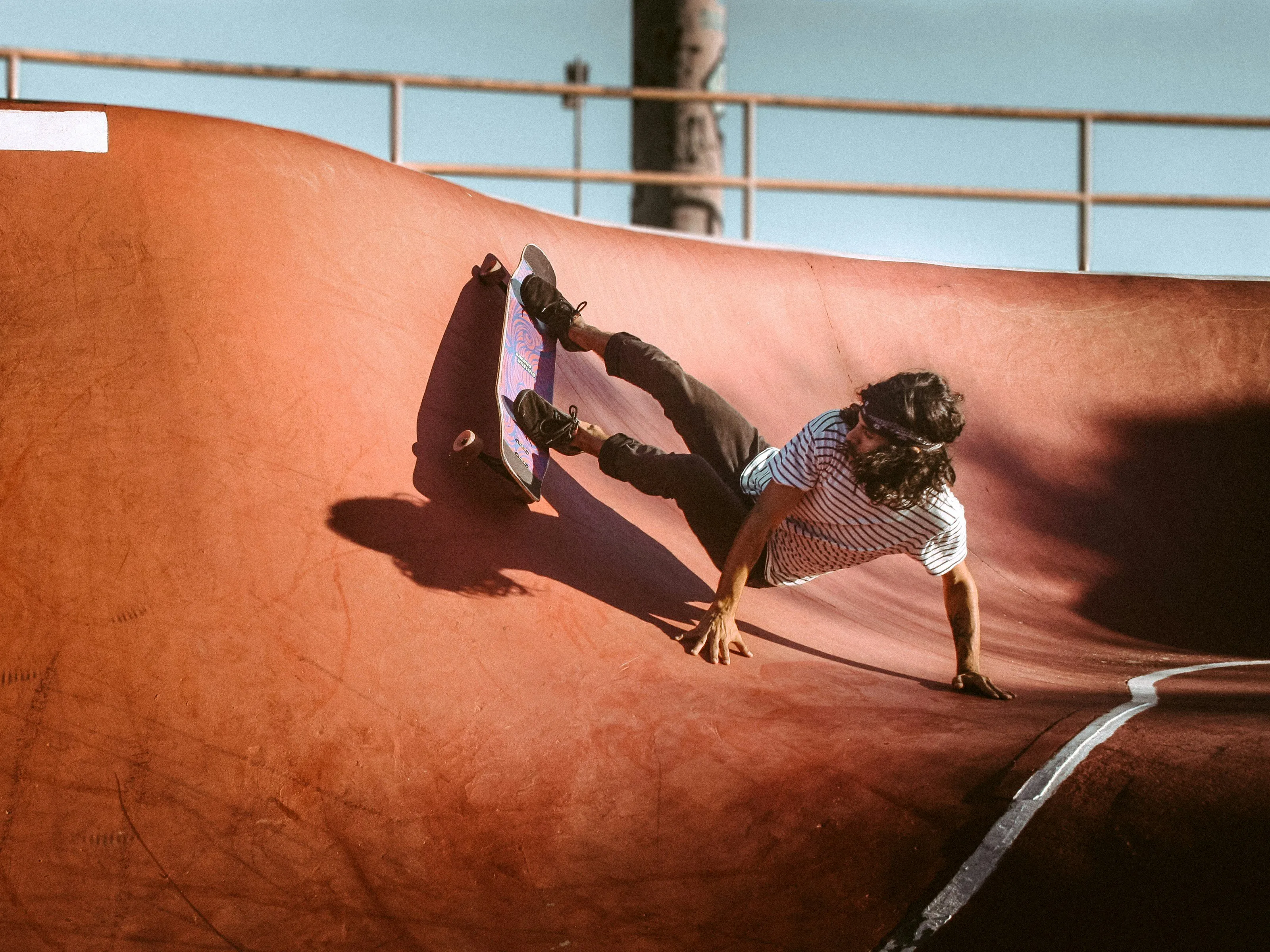
Here's a young person doing a trick at a skate park on their skateboard.
Notice and explore what your child is most passionate about learning. This is especially fun when it's non-academic. Look for the math in it with them. Bring what they're passionate about to life even more by showing them the math connections. If they're beside themselves with enthusiasm about it, have them create some kind of a project showing the connections their passion has with math.
I've had many students that are madly in love with gaming. I have found that connecting with kids around their favorite video games opens the door showing them all the ways they have math in them. We do a math treasure together. There are so many aha moments when kids are already passionate about a thing such as video games, which are riddled with math.
#6 - Go on a Patterns in Nature Photographic Hike at Local Parks
This ties in nicely with number two, but, this activity is more ambitious. After all, this is your family's opportunity to get away from the books, yet still be learning. Grab your day packs, cameras (or cell phones...whatever you use to take pictures), a journal, and take off for your local state or National Forest's nature trails.
Go on a patterns in nature treasure hunt and take pictures of as many patterns in nature that you can find. Have the kids develop this further and create collages or cards showcasing their beautiful photos of nature's mathematical glories.
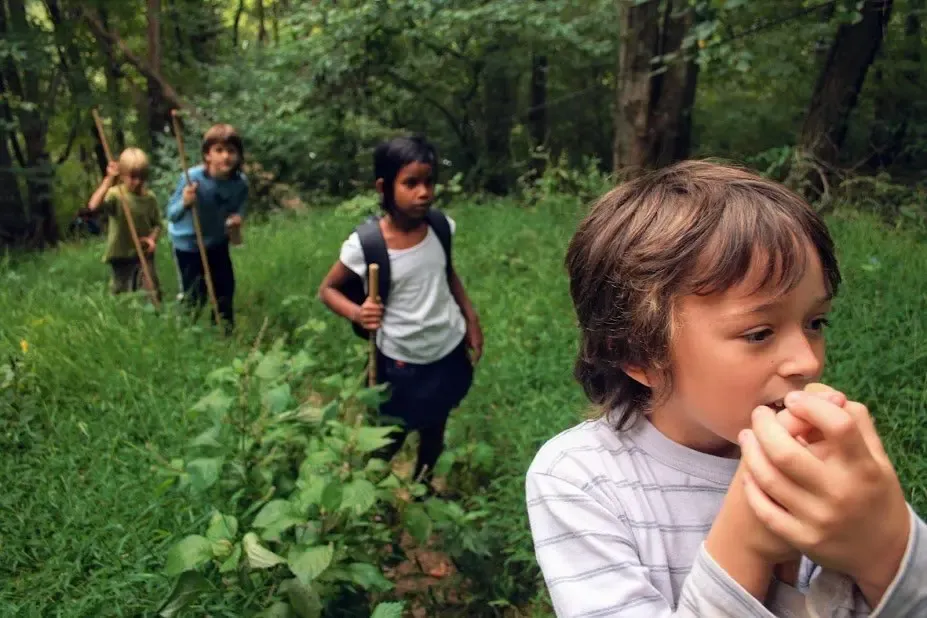
#7 - Study Mathematics History
We study math history in NatureGlo's MathArt online on demand video based program. Start with pre-historic times when humanity learned math in the caves. People started doing math very early by making marks on bones! Check out Mathigon's very cool interactive timeline here. Math has a unique story from the dawn of humanity until the present. Scientists and mathematicians are continually improving upon math and inventing new maths. It's fun to learn math through its history as it's connected to stories. Stories are how humans learn best and have used as a learning tool since our beginning.
#8 - Observe Pets and their Unique Maths
Children love pets! What more mathematical fun could be had then looking at how math is found with your pet?

Look at your pet's coat patterns. Get out your pet's food and read over the ingredients to find percentages and ratios. Weigh your pet.
How much does it cost per year to keep your pet? Have a look at the fun video below to get an idea of animal coat patterns you might find among you and your neighbors pets.
#9 - Look for Math in Favorite Sports

Does your family love basketball, football, golf? These games are real life examples of maths from the geometrics that make up a basketball court or football field to the physics behind snow boarding. Create a photo collage of your kids playing their favorite sport. Take pictures of your children illustrating or pointing out the maths in some way appropriate to the sport.
#10 - Create Family Math
Creating family math can be as simple as noticing how tall and how much each child weighs. There are scads of math facts that each family member has. This can be communicated in visually stimulating ways such as through pie and bar graphs.
Ready for a non-traditional view of math?
Check out NatureGlo's eScience Math Learning Secrets guide below.
Conclusion
Moving away from a traditional math curriculum might seem daunting, but, it doesn't have to be. Just save your kids work and take lots of pictures and videos of projects and activities they do.
Journal about what you do and keep it all in a folder or binder. Add to it each year and you'll have plenty of math learning treasures to refer to and dip into and build upon for years to come. You'll be able to continue to share it with your family and other homeschool families in your local co-op for years to come.
Seeing the real life connections there are with math is a sure way to help cure a child of math phobias.
For me, it was seeing the beauty of math in nature and art. For your child, it might be seeing the math connections there are in their latest favorite video games.
Please share your creative math explorations with me in the comments below. I LOVE reading about out of the box stuff homeschoolers do to learn math and make it enlivening!
Happy homeschooling!
Talk Soon,
Gloria aka NatureGlo
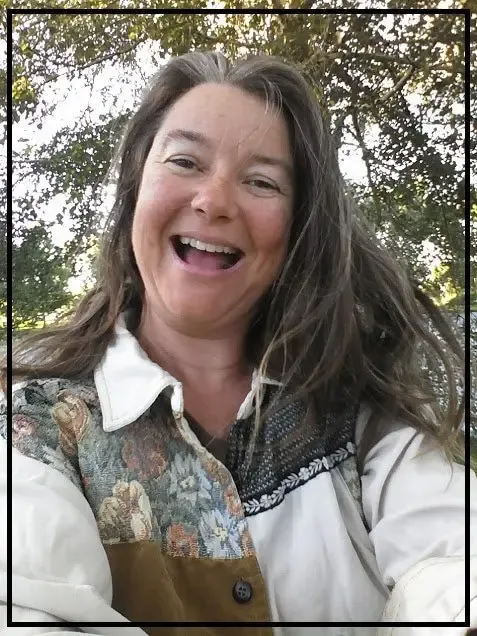
Hi, I'm Gloria Brooks! I'm into education reform! Since 2011, I've had the privilege of teaching/facilitating thousands of faith-based and secular homeschool and unschool families around the globe. I hold a BA in K - 12 education, certificates from the Wilderness Awareness school, and over 20 years of eclectic teaching and child self-directed learning experiences in private schools, and homeschool online courses with NatureGlo's eScience. NatureGlo's eScience is a one-stop nature-based eLearning center for kids ages 8- 18 helping them fall in love with the natural world while covering their other academics.

